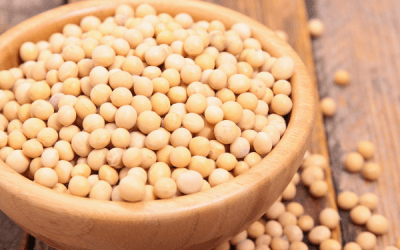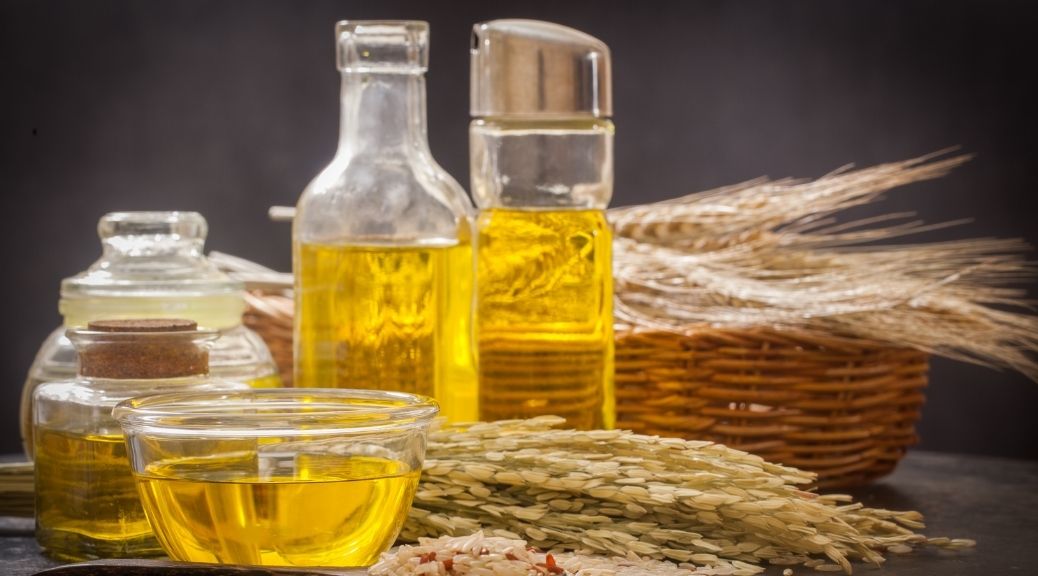In a bustling world filled with convenience and fast-paced lifestyles, packaged foods have become an integral part of our daily lives. These neatly wrapped treasures line the shelves of grocery stores, providing us with a myriad of options to satisfy our hunger and...

Decoding Packaged Foods: Empowering Healthier Choices through Information
Decoding Packaged Foods: Empowering Healthier Choices through Information
In a bustling world filled with convenience and fast-paced lifestyles, packaged foods have become an integral part of our daily lives. These neatly wrapped treasures line the shelves of grocery stores, providing us with a myriad of options to satisfy our hunger and cravings. From the breakfast cereals that jumpstart our mornings to the frozen foods that save us from kitchen disasters, packaged foods have infiltrated our daily routines. However, amidst the convenience lies a crucial aspect that often goes unnoticed—the information displayed on the packaging. Taking a moment to read and understand the details on packaged foods can empower us to make informed choices about what we consume, paving the way for healthier lifestyles and a greater understanding of the impact our food choices have on our bodies and the world around us. Let’s delve into the details on labels, ingredients, and nutrition facts to guide our decision-making towards informed food choices.
Richa Pande
Nutrition Facts Label: Your Guide to Informed Dietary Choices
Understanding the nutritional value of the foods we consume is a crucial step towards a healthier lifestyle. At the heart of deciphering this information lies the nutrition facts label, a goldmine of essential data. This label is like a map that guides us through the nutritional content of the product, from calories to fat, carbohydrates, protein, and more. By reading and interpreting this label, we gain valuable insights into the components of our food and can make informed dietary choices. For instance, if we’re aiming to reduce our sugar intake, checking the label can help us identify added sugars in our favourite snacks. Moreover, being aware of the serving size and the number of servings per container aids in portion control, preventing us from overindulging and managing our caloric intake effectively. Reading the nutrition facts label also allows us to be more mindful of the essential nutrients our bodies need. Armed with this knowledge, we can make informed food choices.
Cracking the Food Additive Code
Having a comprehensive understanding of food additives is crucial for making well-informed decisions. Food additives are substances added to food products to enhance their appearance, flavour, texture, or shelf life. Some commonly used additives include emulsifiers, stabilizers, colorants, and flavour enhancers. They are often assigned E numbers for identification purposes. For instance, E322 represents lecithin, an emulsifier commonly found in processed foods. While many additives are considered safe, some have been linked to health concerns. For example, certain artificial food colorants, such as E102 (tartrazine) and E129 (Allura red), have been associated with allergic reactions and hyperactivity in sensitive individuals, particularly children. Similarly, preservatives like sodium nitrite (E250) used in processed meats have been linked to an increased risk of certain cancers. Given these considerations, making choices aligned with personal health preferences becomes vital. Opting for natural alternatives and whole foods can help minimize exposure to potentially harmful additives. Checking food labels and understanding the ingredients listed can empower us to make informed decisions like opting for foods with safer alternatives.
Making smart choices using the ingredient list and allergen warnings
Ingredient lists play a crucial role in helping people with specific dietary needs or restrictions navigate the food landscape. When reading product labels, it is important to check the ingredients list thoroughly. The ingredients are usually listed in order of predominance, meaning the ones used in the greatest amount are listed first, followed by those in smaller amounts. This can provide valuable information about the composition of the product and enable informed choices.
Allergen and intolerance warnings on food labels are vital for individuals with allergies. They help identify potential triggers and prevent adverse reactions. For example, an aspartame warning is crucial for those sensitive to this artificial sweetener, while dairy warnings help lactose-intolerant individuals avoid discomfort. Peanut warnings protect those with severe peanut allergies, while gluten warnings cater to individuals with celiac disease. These clear and informative labels empower individuals to make safe choices, ensuring they steer clear of allergens and intolerances and maintain their health and well-being.
Checking and following storage and preparation instructions is important to ensure proper handling and cooking of food, minimizing the risk of foodborne illnesses. These guidelines typically cover aspects like hand hygiene, proper food handling, cooking temperatures, and avoiding cross-contamination.










